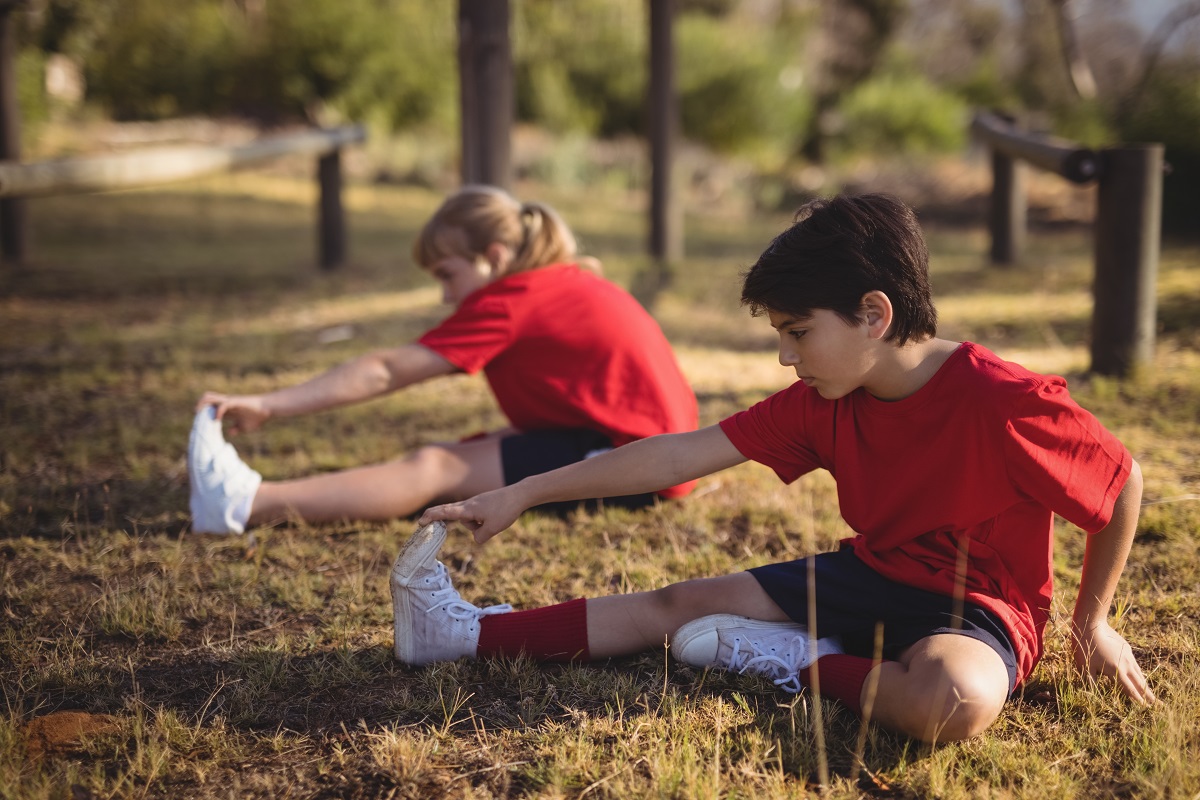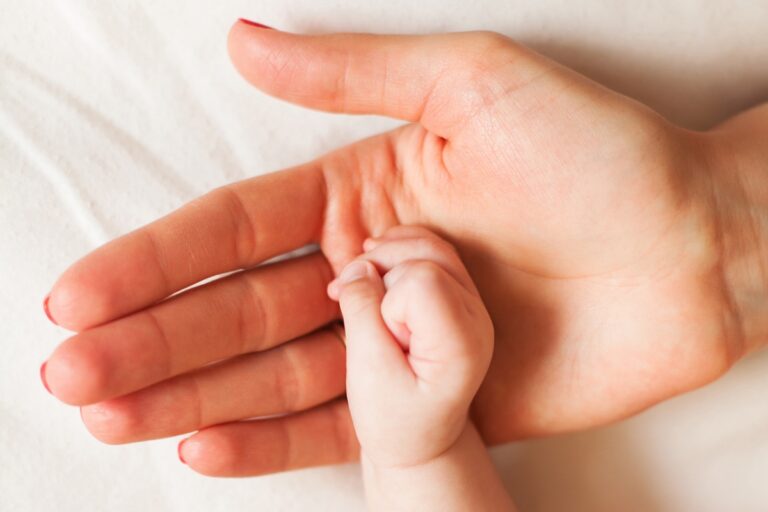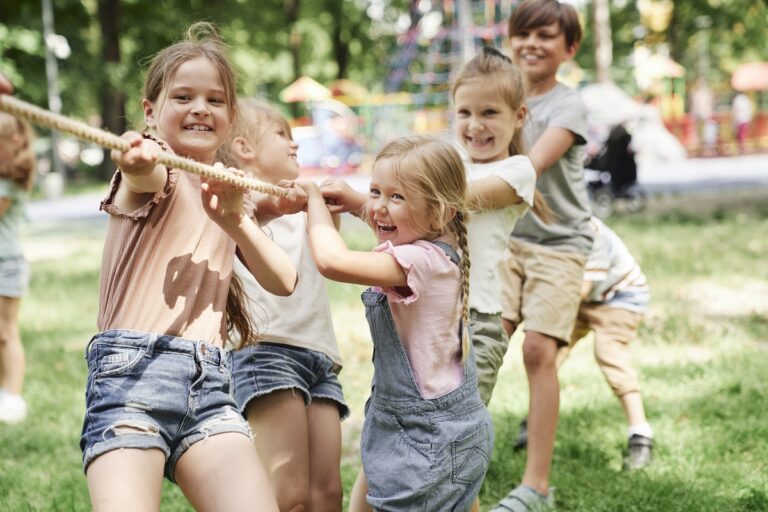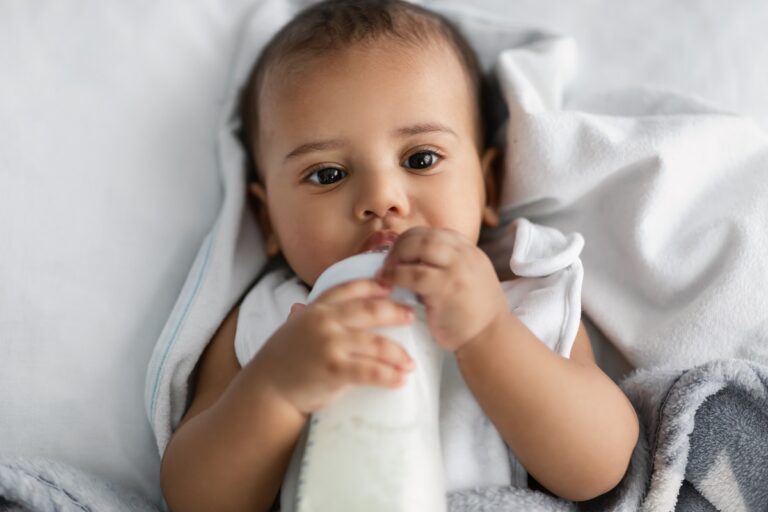As a parent, you want to make sure that your children are physically active and fit. When it comes to keeping our kids healthy, there are a lot of things to think about. In this blog, we will discuss 7 rules of child fitness activities that will help you get started on the right foot fitness for kids.
Physical fitness is an important part of a healthy lifestyle for kids of all ages. Children can improve their overall health and well-being by engaging in regular physical activity. Fitness for kids doesn’t have to involve hours at the gym or running around a track. In fact, there are plenty of fun and creative ways for kids to get active that don’t even feel like exercise.
Rules of Child Fitness Activities
Regarding fitness for kids, there are seven rules that every parent should know about to ensure their child’s safety and well-being. Following these rules can help your child develop into a healthy and well-rounded individual.
Rule 1: The Rule of Readiness
Before allowing a child to participate in any new physical activity, he or she must be assessed thoroughly. There’s a right moment to teach certain things to children depending on their body and mind’s readiness. When it comes to choosing a fitness activity for kids, the nervous system and muscular development of the child must be taken into consideration. Just like learning to walk, a child’s first steps are on their own terms and can’t be forced onto them; let them go on with their pace.
Rule 2: The Rule of Uniqueness
Your child’s physical and mental advancement should not be compared to the progress of other children. Remember that each kid is unique, and no two are alike. Even a twin’s physical development may vary due to imperceptible physical and chemical variations. Whether they are twins or not, children’s bodies and minds develop at varying speeds, which might influence their fitness activity compliance. So don’t compare your child’s abilities with those of your neighbor’s children; rather, focus on his or her growth and improvement.

Rule 3: The Rule of Exercise
Constant usage of the same techniques is necessary for perfection. When training a child, always begin with easy skills- even if they are left to learn on their own, they may get frustrated with the lack of patience and give up quickly, which can lead to a build-up of easily giving up habits. As a child first learns how to walk before he could probably run the same way, guide the kid to master simple and basic skills before you move on and introduce them to a complex version. This planned strategy for exercise would definitely lead the kid towards success; the process must be slow but will also help in the growth of self-confidence.
Rule 4: The Rule of Enjoyment
Most kids get bored when they are forced to practice and follow routines, so to make the experience more pleasurable, include games, objectives, and rewards while learning and practicing skills. This is why it’s best to introduce sports in early childhood. It teaches a kid to be goal-oriented and disciplined. Fun fitness activities in youth result in a child having a more positive outlook towards working out and staying fit in adolescence and adulthood. As these child ages, they replace it with knowledge of principles surrounding good health and self-improvement that he or she will be able to carry out for the rest of their life.
Rule 5: Rule of Underdeveloped Systems
It is never too early to start working out, but it’s important not to overstrain a child’s body. When exercising, be sure not to put too much pressure on their still-developing bones and muscles, no matter how active a kid is. The process of growing up is very demanding for the little ones, and they need all the energy they can get to develop properly. Excessive and strenuous activity can interfere with this development process and even lead to serious health problems. So make sure to take it slow and let the child’s body develop at its own pace.
Rule 6: Rule of Imitation
Many children learn best from observing and copying their surroundings. If you can, encourage your child to play in groups–especially with slightly older kids. They often acquire new skills more effectively this way, imitating children who are 2-3 years older than they are. While your offspring is busy learning through imitation, it’s important that you take an active role too; guide their learning by ensuring that they develop not only essential skills but also correct principles.
Rule 7: The Rule of Holistic Development
A fitness program should not only focus on the physical aspects but also the mental and emotional aspects of a child. In other words, it is important to help the child develop a healthy attitude towards his or her body and oneself. For this reason, parents need to be role models for their children in everything–from eating habits to exercising regularly. Only then can kids learn to love and care for their bodies, setting the foundation for a lifetime of healthy living.
Conclusion:
Fitness for kids is important, but it should be approached carefully. Remember to start slow, focus on basic skills, and ensure the child enjoys themselves. As the child grows, you can introduce more complex activities. Most importantly, however, is to be a good role model for your child in everything related to fitness and health. Only then can you help them develop a healthy attitude towards their bodies and themselves–the foundation for a lifetime of healthy living.
Thank you for taking the time to read our article. We hope it was informative and helped you understand the importance of fitness for kids. If you have any questions or comments, please feel free to reach out to us. We would be more than happy to interact with you.










